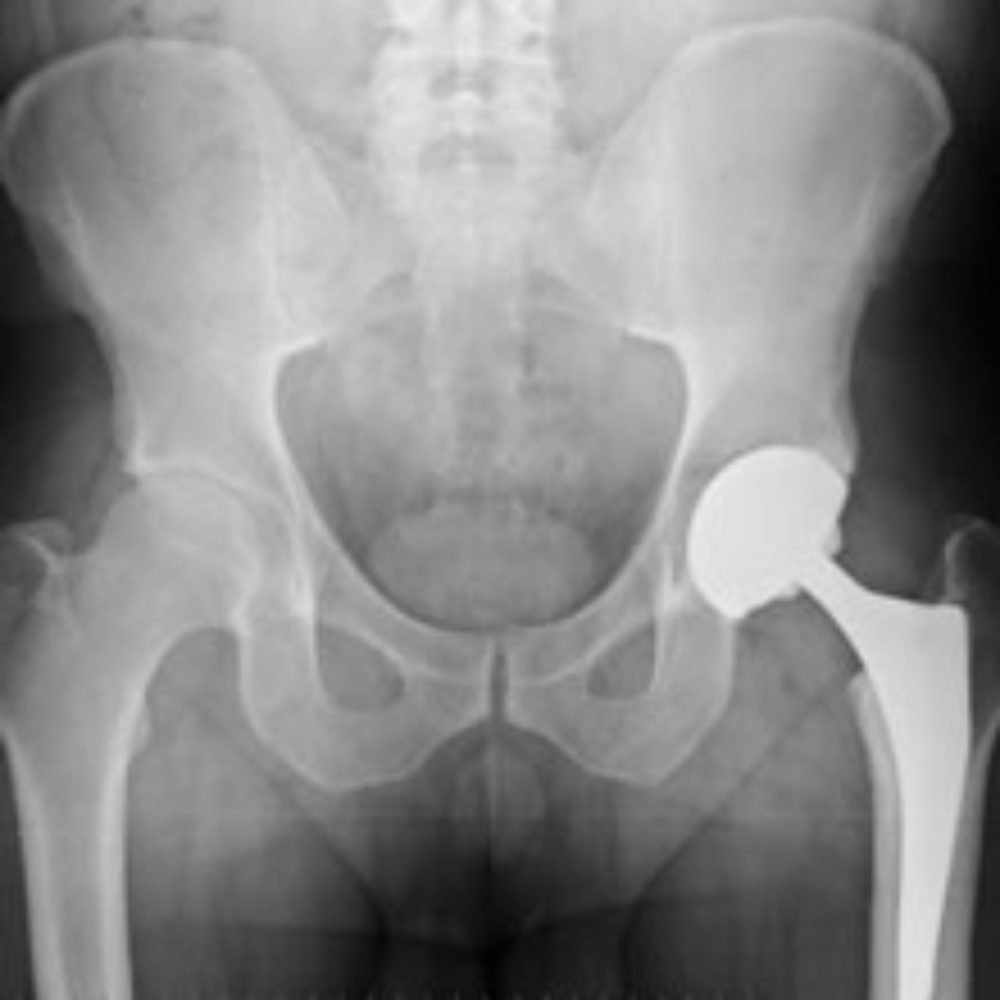In an effort to address growing questions and concerns over metal-on-metal hip replacement problems, the FDA has launched a new website explaining the artificial hip systems and discussing the benefits and risks associated with the implant design.
The FDA’s “Metal-on-Metal Hip Implants” website details what the implants are, their uses and provides information for patients, orthopedic surgeons and other health care professionals about potential metal-on-metal hip replacement risks and complications. It also details recent metal-on-metal hip recalls and provides details on how to report problems with metal-on-metal hip replacements.
Metal-on-metal hip implants are hip replacement or hip resurfacing systems where the ball, stem and shell of the “ball and socket” systems are all made of metal materials. Most hip implants have ceramic cups, but metal-on-metal systems are billed as more durable and often offered to younger hip implant recipients with active lifestyles because they are intended to last longer before needing to be replaced.

Did You Know?
Millions of Philips CPAP Machines Recalled
Philips DreamStation, CPAP and BiPAP machines sold in recent years may pose a risk of cancer, lung damage and other injuries.
Learn MoreAs the devices rose in popularity, an increasing number of orthopedic surgeons began expressing concerns about their high failure rates and the health risks of metal poisoning, or metallosis, from metal-on-metal hip replacements.
The FDA warns on its website that metal-on-metal hip implants have all the general risks of a hip implant system, plus they have additional risks that are unique only to them. The most notable metal-on-metal hip side effects come from the tiny particles of metal that can be shed into the body as the metal parts wear against each other. These metal ions can work their way into the surrounding tissue or even into the bloodstream.
The metal ions, usually cobalt or chromium, can damage bone and tissue around the implant and joint, causing the implant to become loose or causing the patient to feel pain. In addition, the particles can have negative effects on the heart, nervous system and thyroid when in the bloodstream at high levels.
In the U.K., health officials recommend patients with metal-on-metal hip implants that are causing them pain be tested for metal ions in the blood, but the FDA has yet to make similar recommendations. The FDA says on its new website that it is still gathering information on the adverse events associated with the devices.
Metal-on-metal hip implant recipients should see their orthopedic surgeon if they experience symptoms including heart pain, chest pain, shortness of breath, numbness, weakness, changes in vision or hearing, fatigue, unexplained cold, weight gain or changes in urination habits, the FDA advises.
The new site comes after more than 90,000 DePuy ASR hip systems were recalled in August 2010. Data suggested that about 12% to 13% of people with these metal-on-metal hip replacements were experiencing problems within five years, often requiring additional surgery to revise or replace the hip. However, as individuals with one of the recalled hip replacements continue to be monitored by their doctors, it is expected that the rate of DePuy ASR hip replacement problems will ultimately be much higher.
A growing number of DePuy ASR metal-on-metal hip lawsuits have been filed on behalf of individuals who received one of these implants before the recall, and lawsuits have also been filed over other metal-on-metal hip replacement systems, including DePuy Pinnacle hip lawsuits.
Get more articles like this sent directly to your inbox.
"*" indicates required fields
1 Comments





KathleenMarch 14, 2011 at 9:51 pm
I have had five hip surgeries. The first was successful; however I started experiencing atrial fibrillation about six weeks following surgery. About a year later I began having what I thought were stitches coming to the surface of the skin and pushing through. Six years later I had my other hip replaced. Within six weeks I was again hospitalized for atrial fibrillation, which continued to plag[Show More]I have had five hip surgeries. The first was successful; however I started experiencing atrial fibrillation about six weeks following surgery. About a year later I began having what I thought were stitches coming to the surface of the skin and pushing through. Six years later I had my other hip replaced. Within six weeks I was again hospitalized for atrial fibrillation, which continued to plague me. I also experienced a lot of pain in my thigh. My surgeon said it was typical “end of stem” pain and that it would go away. After months of it getting worse, and spreading to the hip area I sought another opinion. The second doctor, one who headed up a large hospital orthopedic group here in Chicago, thought it might be that the hip was in the wrong position. But instead of replacing it he decided to slit my IT band to alleviate the pain. In addition I spent six months in physical therapy to strengthen the muscles. The pain only got worse and I had to use a crutch all the time. Finally my Mother was having her hip replaced and I decided to talk to her surgeon. He immediately took x-rays and determined the stem was loose. He scheduled surgery. When he went in he found the muscle attaching the hip to the thigh bone had been eaten away by bone matter and metallosis. Since then I have had three more surgeries and am still plagued by eruptions on my skin that seem to be directly related to the metallosis. Within six to eight weeks of each surgery I have had a major episode of atrial fibrillation. I am wondering is anyone has had the skin eruptions or the issues with heart irregularities?